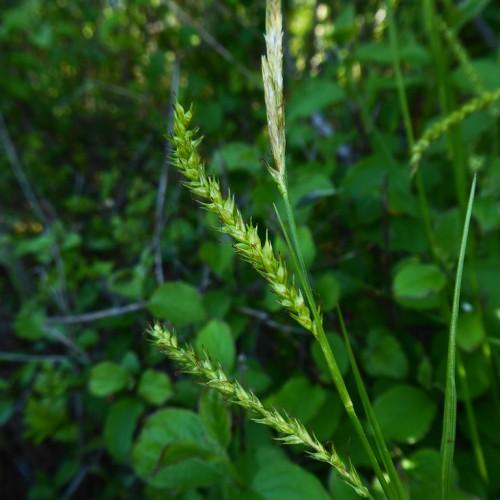
European Woodland Sedge
Carex sylvatica
Watering:
Minimal
Hardiness Zone:
Flowers:
Flowers
Sun:
full sun,part shade
Fruits:
Fruits Ready In
Leaf:
Yes
Growth Rate:
Low
Drought Tolerant:
Yes
Salt Tolerant:
Yes
Care Level:
Medium
watering
Weak Arctic Sedge plants should be watered regularly, about once every 1-2 weeks, depending on your local climate. The soil should be kept moist, but not soggy. Water in the morning hours so the soil has time to dry in the sun before nightfall. If the plants are in a container, check the soil before watering to make sure the soil is not bone dry. Avoid over-watering as this can cause root rot. In the spring and summer, water more often because the plants are actively growing. In the fall and winter, water less often as the plants will enter a period of dormancy.
sunlight
Weak Arctic Sedge prefers full sunlight but can tolerate partial shade. It should receive at least 5 hours of direct sunlight each day in order to thrive. The best time for sunlight is in the morning and late afternoon; hours away from the peak of the day heat. A light midday shade can benefit the species. When planted in areas with less sunlight, Weak Arctic Sedge still has a chance to grow, but its development will be stunted and its size will be much smaller than expected.
pruning
Weak Arctic Sedge should be pruned back yearly to help encourage healthy growth. Pruning should start in early spring and should be done before new growth starts. Pruning should remove any dead or diseased branches and any shoots that are too close together. The plant should be cut approximately 2-thirds of the way back to help encourage fuller growth the following year. If necessary, the entire plant can be cut back to the ground after it has gone dormant for the winter.
